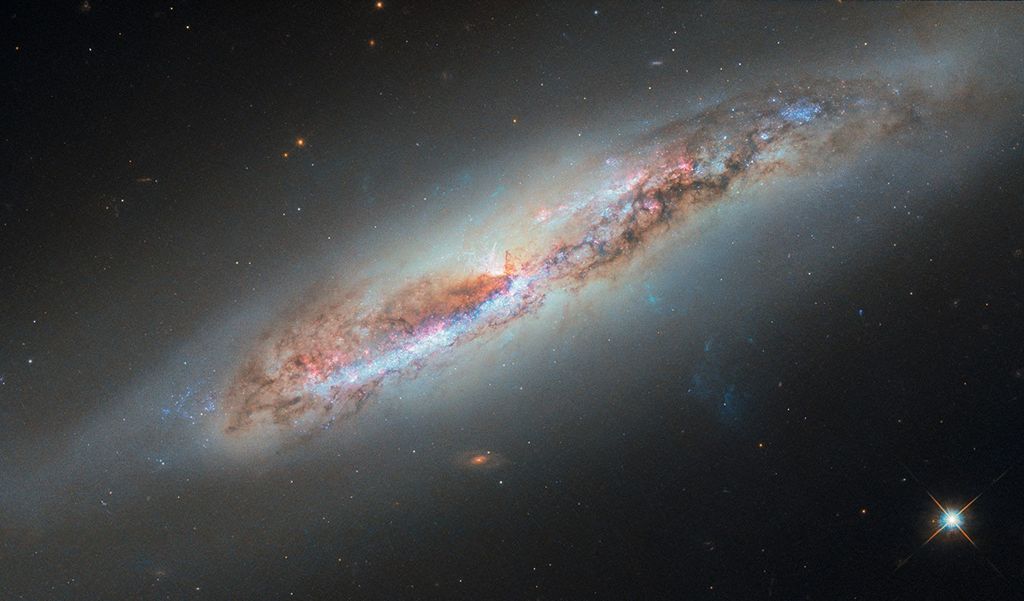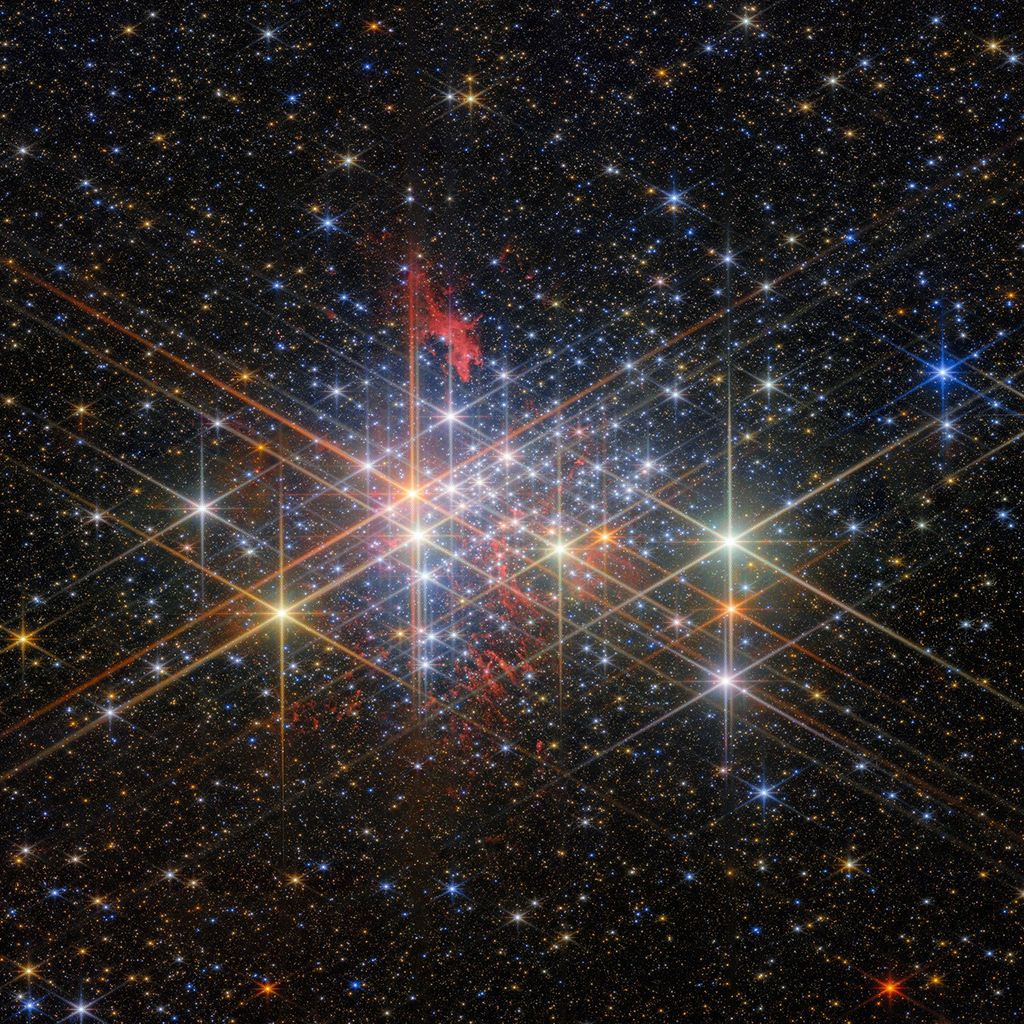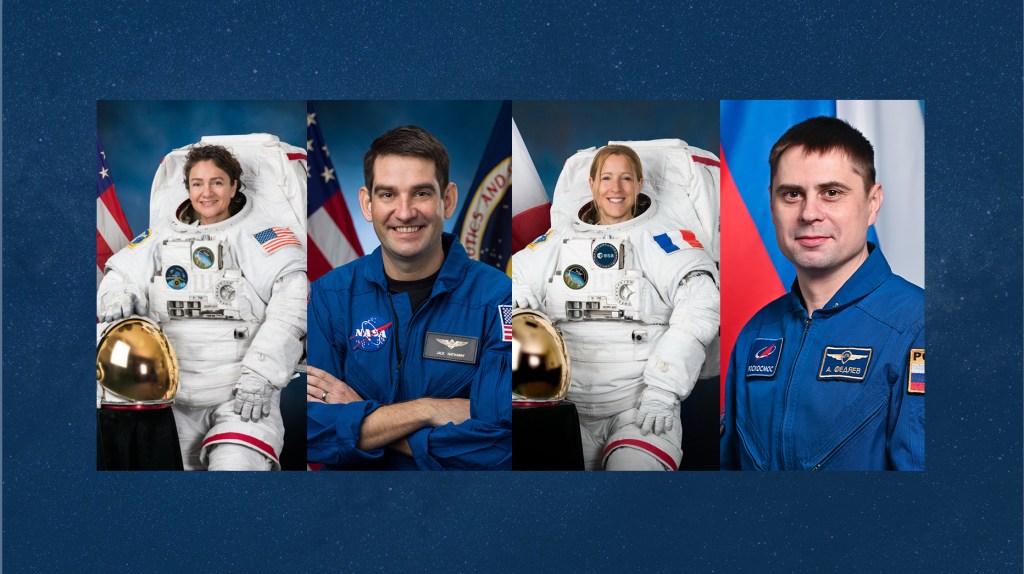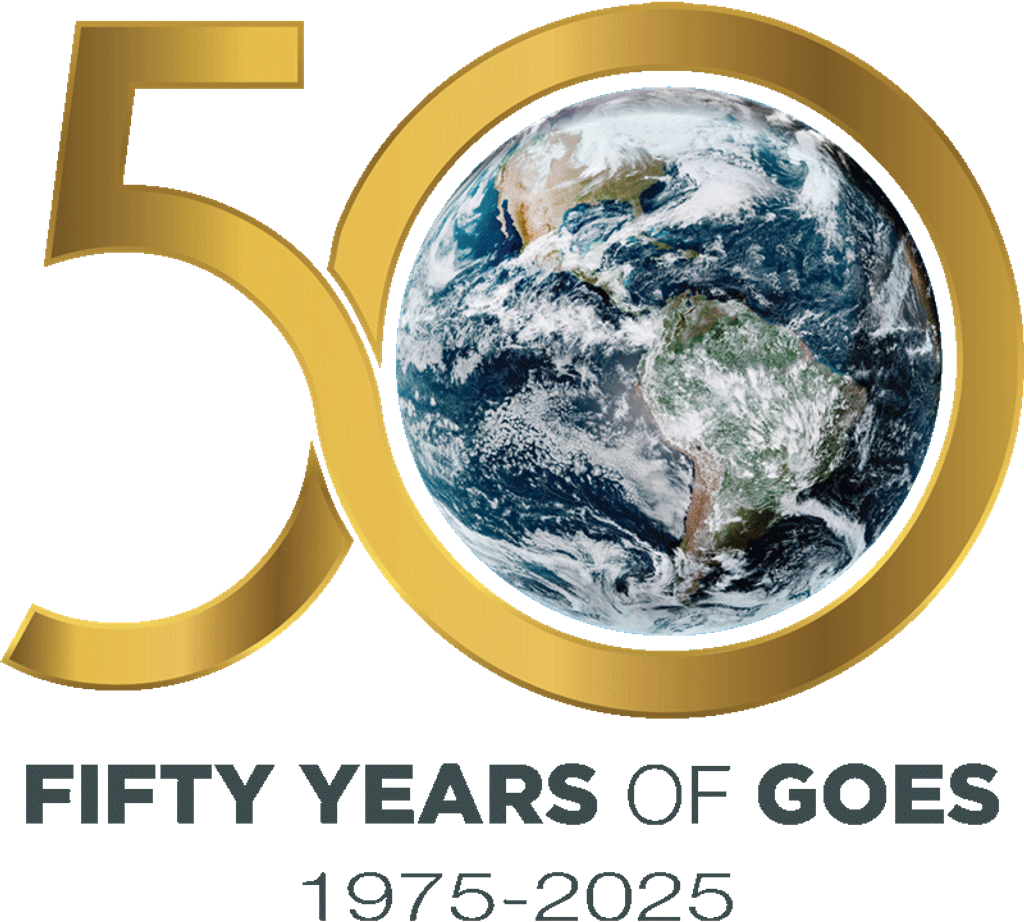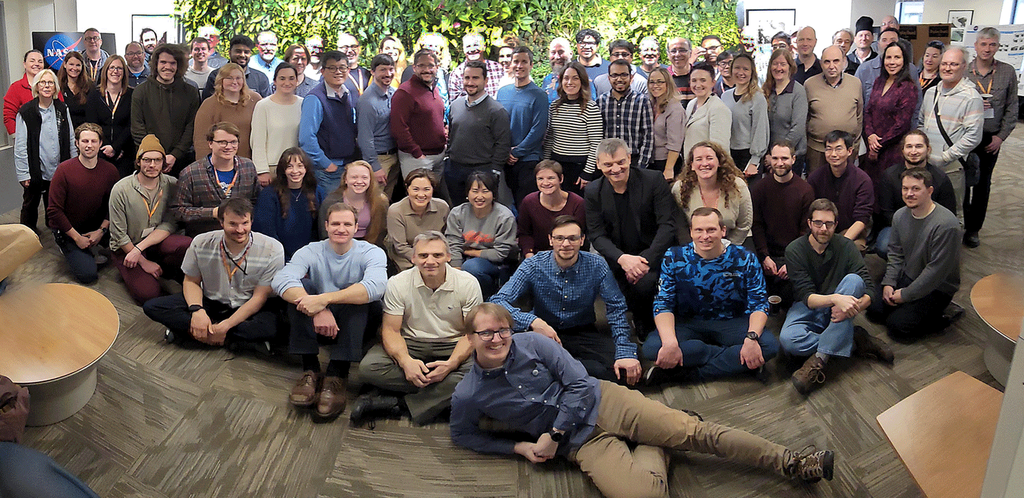1 min read
Time-Lapse of S/2003 U 1 Oribiting Uranus
This time-lapse movie shows a newly discovered moon orbiting Uranus. The movie was made from a series of 4-minute exposures taken Aug. 25, 2003 with the NASA Hubble Space Telescope's Advanced Camera for Surveys. The exposures were taken 5 minutes apart.
The moon is temporarily designated as S/2003 U 1 until the International Astronomical Union (IAU) formally certifies its discovery. S/2003 U 1 is orbiting 60,600 miles (97,700 km) away from the planet. If the satellite is as dark as Uranus's other moons, it is 10 miles (16 km) across, about the size of San Francisco. The Hubble telescope spotted S/2003 U 1 orbiting between the moons Puck, the largest satellite found by Voyager, and Miranda, the innermost of the five largest Uranian satellites. Astronomers previously thought this region was empty space. S/2003 U 1 whirls around the gas giant planet in 22 hours and 9 minutes.
The white concentric lines at right are part of the planet's system of 10 rings. Several other moons can be seen orbiting just outside the rings.
- Release DateSeptember 25, 2003
- Science ReleaseHubble Uncovers Smallest Moons Yet Seen Around Uranus
- Credit
Related Images & Videos
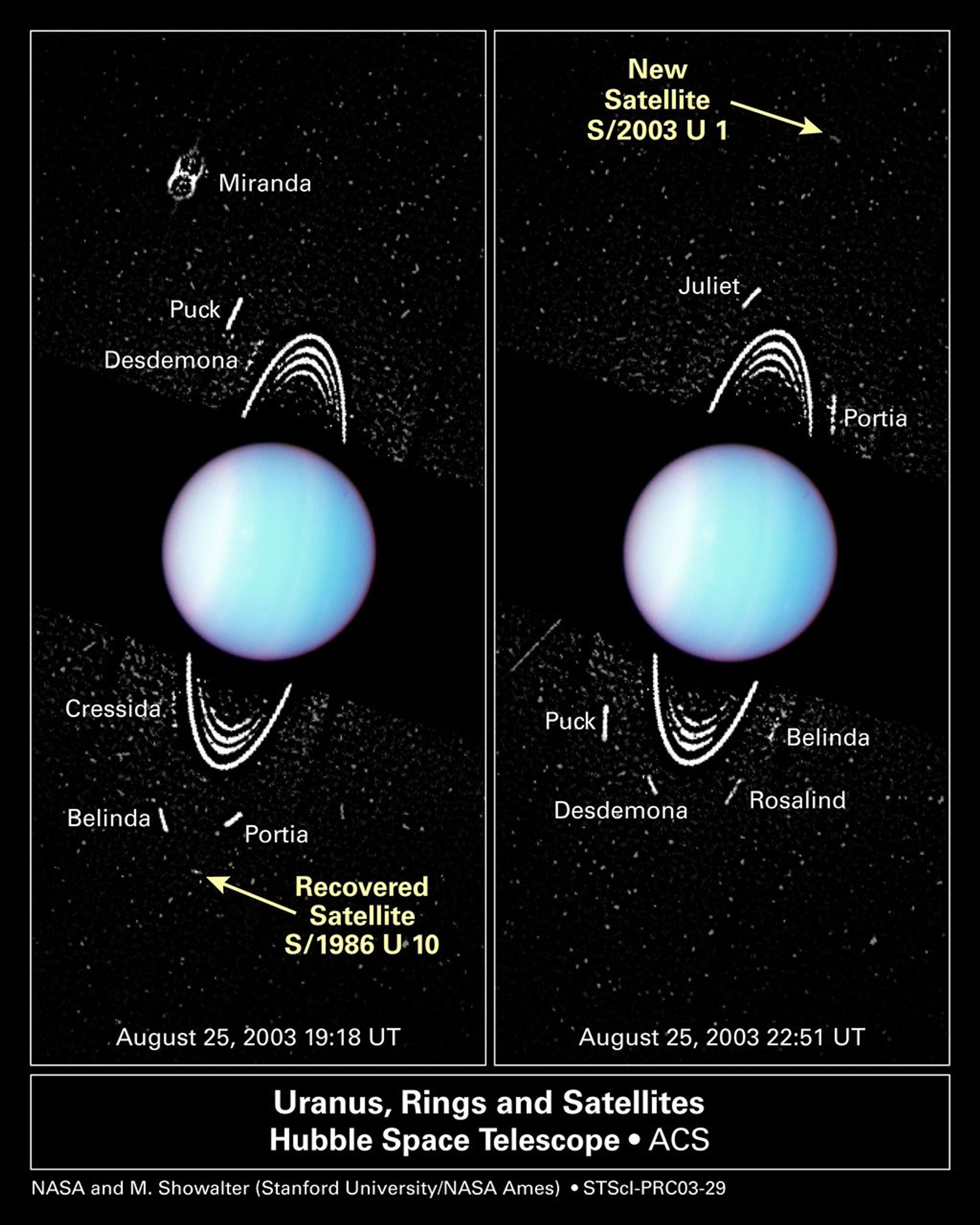
Hubble Spies Tiny Moons Circling Uranus
These images, taken with the NASA Hubble Space Telescope's Advanced Camera for Surveys (ACS), show several faint moons circling Uranus, including a newly detected moon and a rediscovered satellite. The planet's ring system can also be seen. The arrow in the frame at right points...
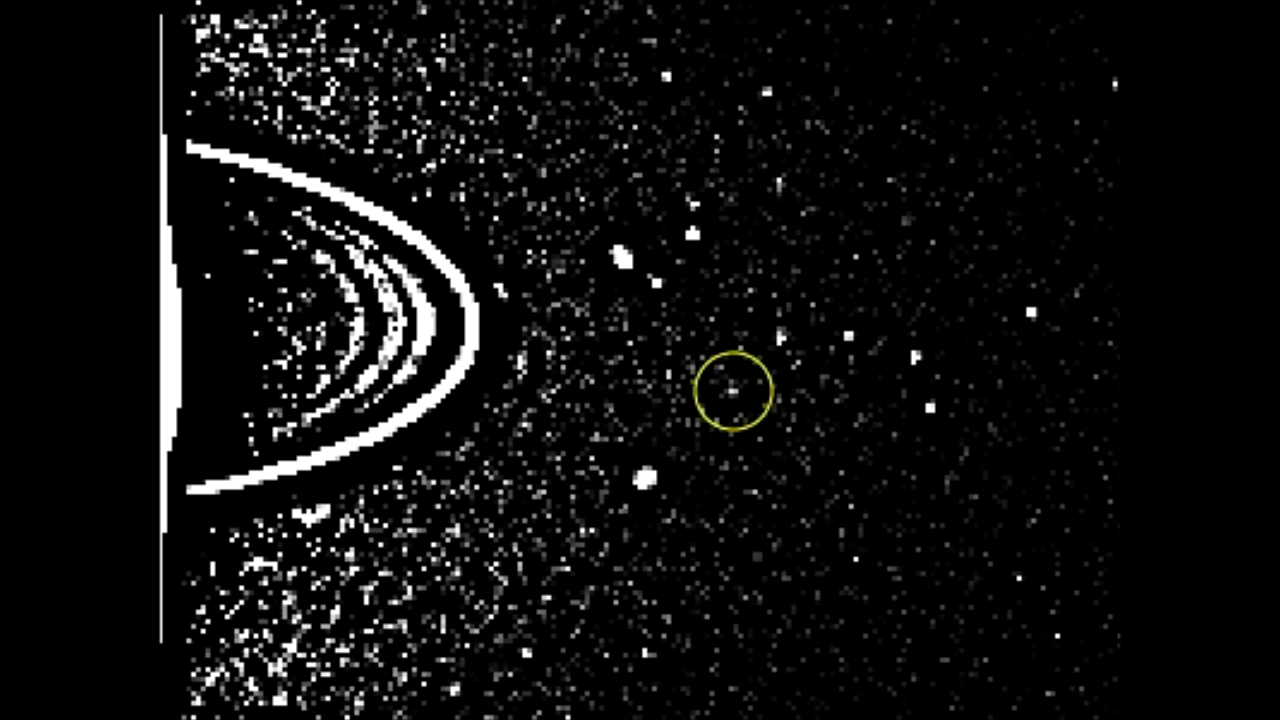
Time-Lapse of S/2003 U 2 Orbiting Uranus
This time-lapse movie shows a newly discovered moon orbiting Uranus. The movie was made from a series of 4-minute exposures taken Aug. 25, 2003 with the NASA Hubble Space Telescope's Advanced Camera for Surveys. The exposures were taken 5 minutes apart. The moon, Uranus's...
Share
Details
Claire Andreoli
NASA’s Goddard Space Flight Center
Greenbelt, Maryland
claire.andreoli@nasa.gov

